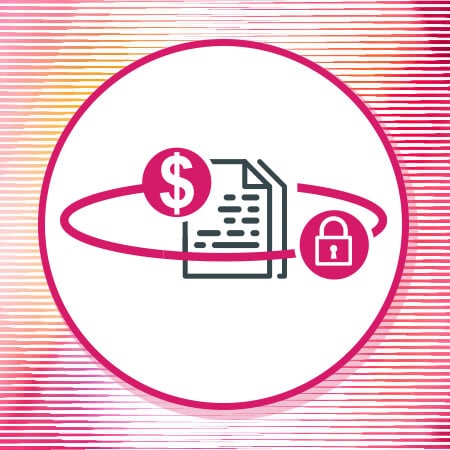Who Needs To Be SOX Compliant and Why?
The SOX Act primarily applies to publicly traded companies. Any public company must comply with the auditing and reporting requirements of SOX. However, some provisions of SOX also apply to private companies. These include interfering with a federal agency investigation or federal bankruptcy case by modifying, falsifying, or destroying documents. SOX also includes whistleblower protections and rules for accounting and HR departments that apply to both public and private companies.
SOX Compliance Requirements
The goal of SOX is to protect shareholders by ensuring that companies’ financial disclosures are accurate. To be compliant an organization needs to include an Intern Controls Report in each of its financial reports.
This Internal Controls Report is intended to outline the controls that an organization has in place to protect its financial data and to ensure that the financial data is accurate. An organization must undergo an annual third-party Section 404 audit to assess an organization’s controls, procedures, and processes.
SOX lays responsibility for compliance at the feet of management. The CEO and CFO of a publicly traded company must certify that financial reports to the SEC are accurate and can suffer criminal penalties for any violations.
Benefits of SOX Compliance
SOX compliance is mandatory for public companies and some private companies as well. However, SOX compliance also provides some additional benefits, including:
- Financial Visibility: To achieve SOX compliance, a business must have deep visibility into its internal workings and current financial status. In addition to supporting compliance and increasing transparency to stakeholders, this visibility can also help an organization to identify potential inefficiencies and optimize its operations.
- Data Security: SOX compliance requires both financial reporting and the protection of financial data within an organization. Meeting the requirements of SOX requires companies to put protections in place that also increase their resiliency and protection against cyberattacks.
- Simplified Compliance: Companies subject to SOX are likely also subject to other regulations as well. Implementing the security controls, processes, and reporting that are mandated for SOX compliance also provides companies with a strong foundation for achieving compliance with other regulations.
SOX Compliance Checklist
To achieve SOX compliance, follow this roadmap:
- Identify Compliance Requirements: The SOX regulation defines several compliance requirements, including some that apply to private organizations or certain departments. Understanding an organization’s responsibilities under the law is a vital first step towards developing a SOX compliance strategy.
- Select a Compliance Framework: Multiple organizations have released frameworks and recommendations for meeting the requirements of SOX, including the Control Objectives for Information and Related Technology (COBIT), the Committee of Sponsoring Organizations (COSO), and the Information Technology Governance Institute (ITGI). Companies should select a framework to use as a guideline when developing their SOX compliance strategy.
- Determine Scope of Compliance: SOX compliance requirements cover every aspect of an organization’s operations that have an impact on its financial reporting. To prepare for compliance and audits, companies should determine which data, systems, personnel, etc. are within the scope of compliance.
- Perform a Gap Assessment: Based on the SOX regulation and their selected framework, companies should evaluate their existing controls, processes, and procedures. This should enable the organization to identify potential gaps between its existing controls and SOX requirements.
- Document Existing Policies and Controls: Documentation is a crucial component of SOX compliance. In addition to implementing security controls, a company should ensure that it has defined and clearly documented all of the policies and procedures that are required for SOX compliance.
- Close Control Gaps: The gap assessment may have identified gaps between an organization’s existing security controls and SOX requirements. These gaps must be addressed before undergoing a compliance audit.
- Define Reporting Processes: SOX compliance is all about accurate financial reporting. The company should define processes designed to efficiently and accurately generate any required financial reports.
- Prepare for Audits: During a SOX audit, an organization needs to be able to demonstrate to the auditor that the necessary control, processes, and procedures are in place. Before undergoing an audit, an organization should prepare by collecting any necessary data and ensuring that all controls are in place and accessible to the auditor.
How Check Point Can Help
The SOX regulation is designed to ensure that companies’ financial reporting data is accurate and secure. Centralized visibility and management of an organization’s IT infrastructure is a crucial component of achieving both of these goals.
Check Point’s CloudGuard provides security compliance support for multiple regulations, including SOX. With CloudGuard, companies can quickly and easily implement public cloud compliance and governance, including automated gap assessments and data collection regulatory compliance. To learn more about achieving compliance with CloudGuard, you’re welcome to sign up for a free demo.






